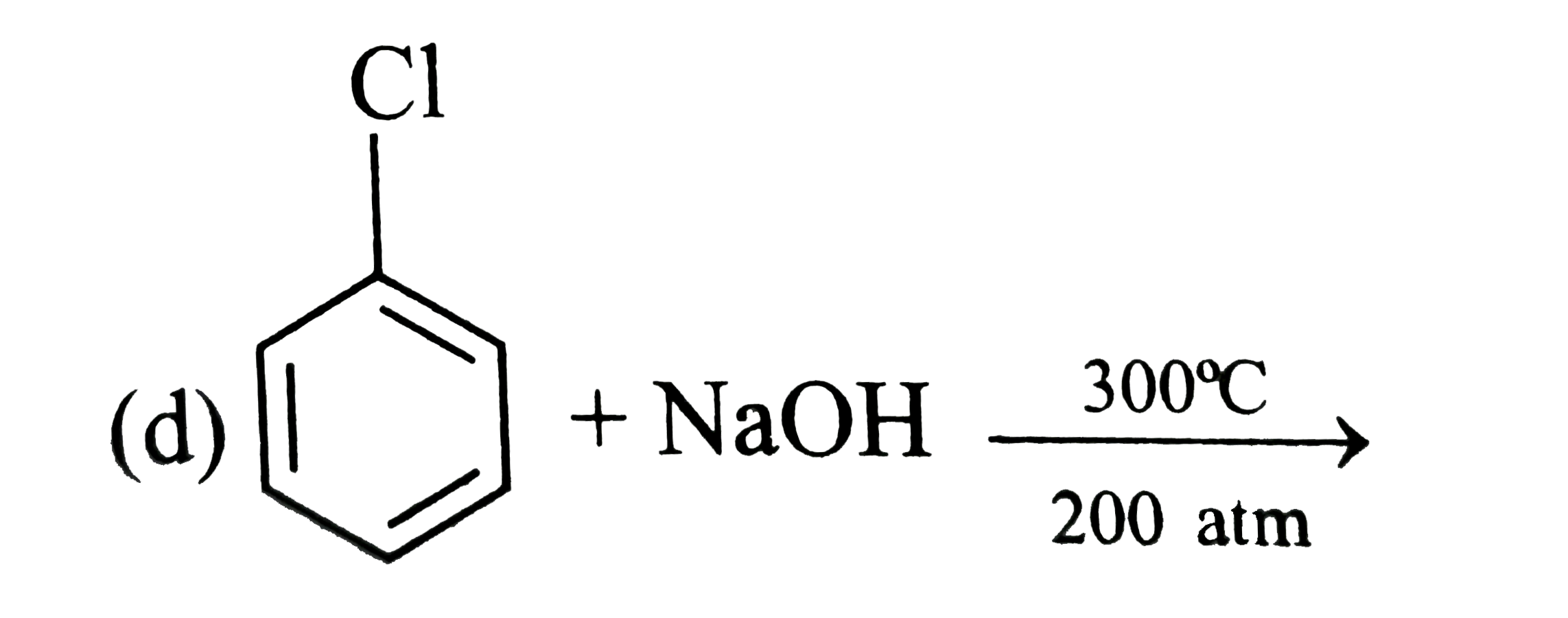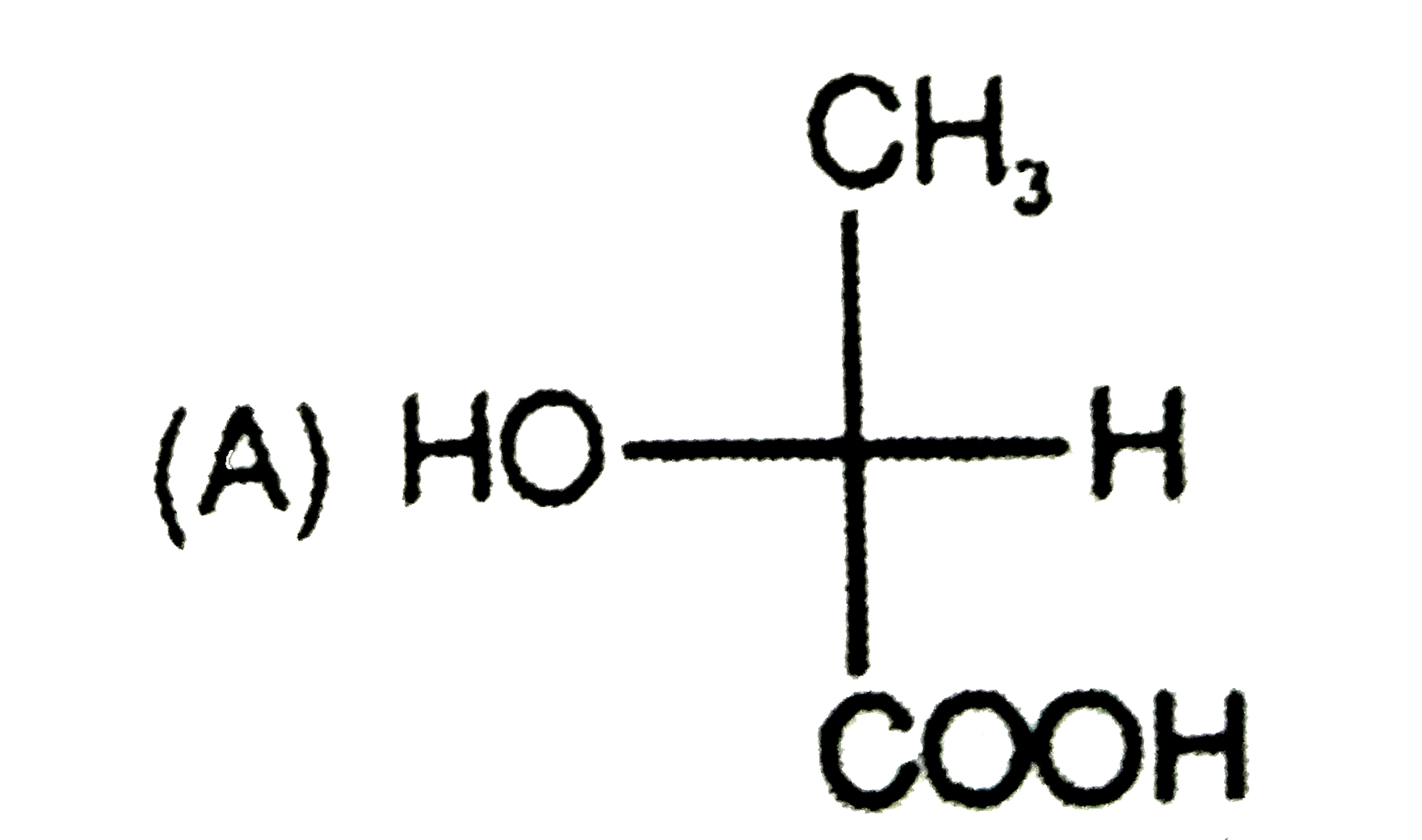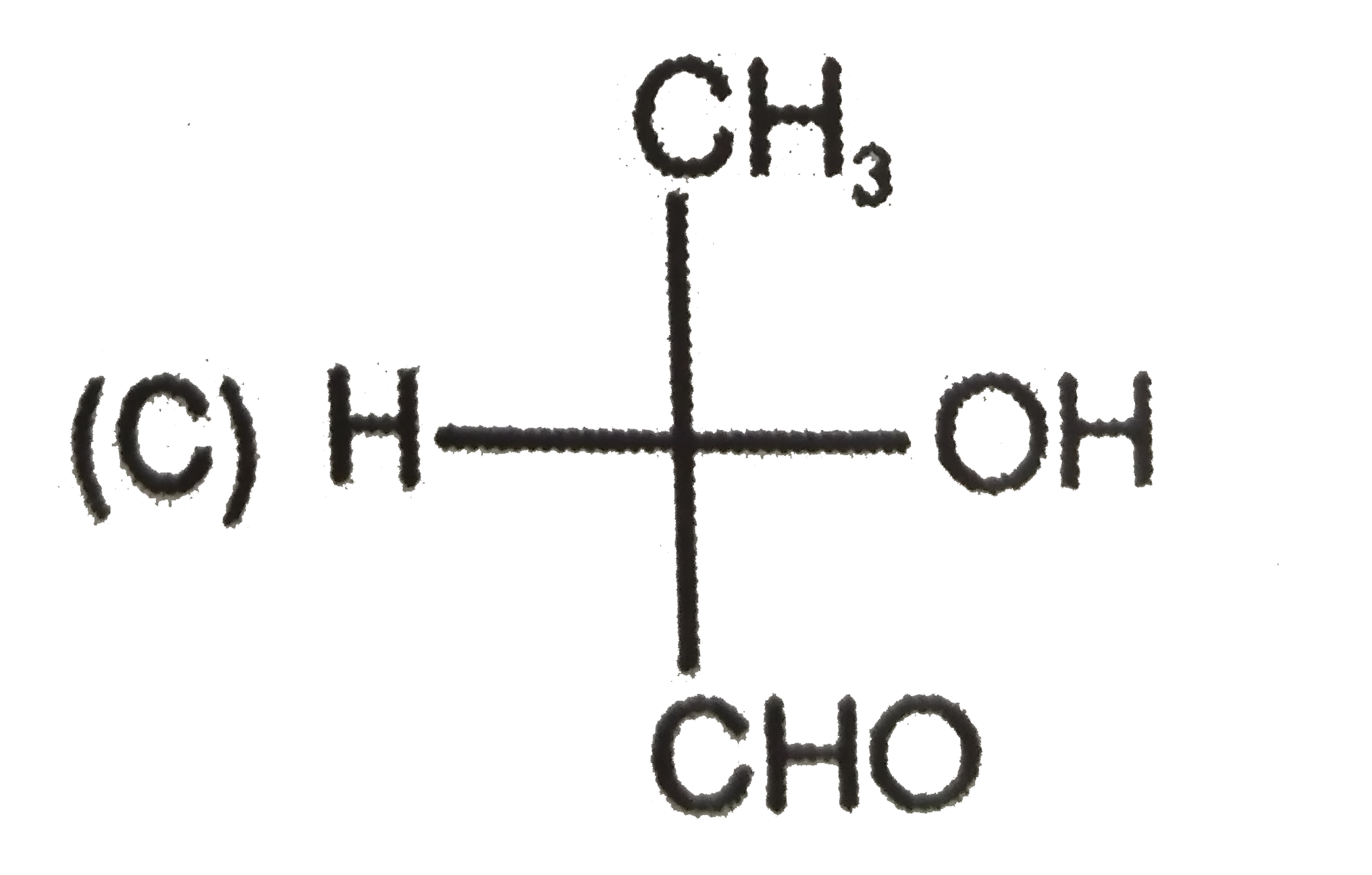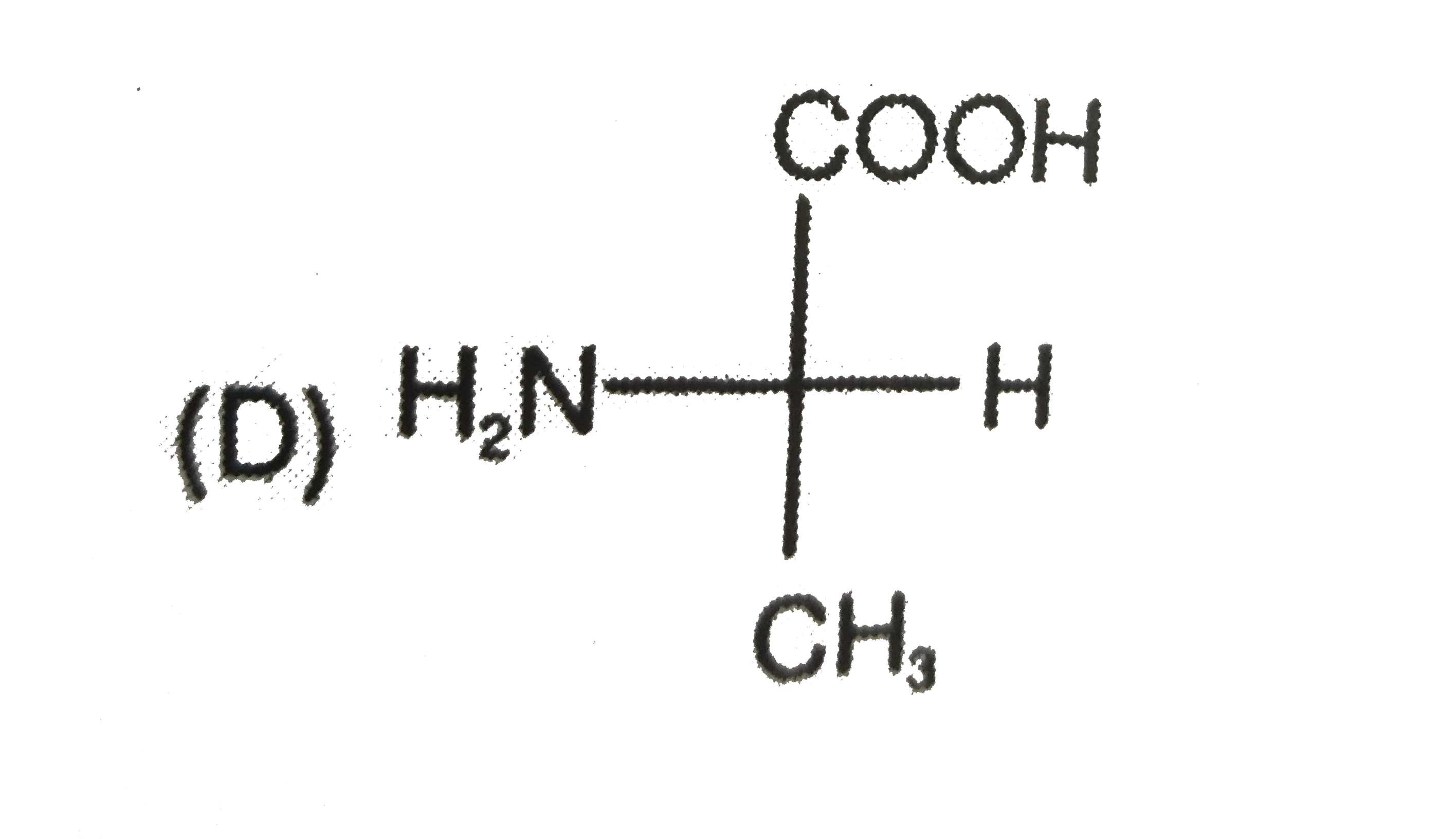Explore topic-wise InterviewSolutions in .
This section includes InterviewSolutions, each offering curated multiple-choice questions to sharpen your knowledge and support exam preparation. Choose a topic below to get started.
| 13351. |
Write the IUPAC name and hybridisation of the complex [Fe(CN)_6]^(3-) |
| Answer» SOLUTION :IUPAC NAME: HEXACYANOFERRATE (III) ION | |
| 13352. |
What will be the major organic product of the reaction? Explain. C_(6)H_(5)C_(2)H_(5)overset(Br_(2)(hv))to |
Answer» SOLUTION : The major product of the bromination of ethyl benzene is It is a photochemical reaction and proceeds by free radical mechanism. Actually, there are two POSSIBLE free radicals which are initially formed when `Br_(2)` attacks the given substrate.  The free radical (II) is a benzylic free radical and is resonance STABILISED.  The free radical (I) is COMPARATIVELY less stabilised by resonance.  therefore, the major product of bromination is 1-bromophenylethane.  . .
|
|
| 13353. |
Which of the following compounds reacts with Mg and then water to give toluene- |
|
Answer»
|
|
| 13354. |
What kind of the following species is not expand to be a ligand? |
|
Answer» LINKAGE ISOMERISM |
|
| 13355. |
Which of the following will not be soluble in sodium bicarbonate? |
|
Answer» 2,4,6-Trinitrophenol |
|
| 13356. |
Which of the following reaction (s) are correctly matched with major product ? |
|
Answer» `H_(3)C-O-CH_(2)-CH_(3)+PCl_(5)rarrH_(3)C-Cl+Et-Cl` |
|
| 13357. |
Which is a true acid anhydride? |
|
Answer» CO |
|
| 13358. |
Which is maximum basic in the following ? |
|
Answer» `Na_2O` |
|
| 13359. |
Which of the following gas phase reactions can occur spontaneously? |
|
Answer» `KR+He^(+) RARR Kr^(+)+He` |
|
| 13360. |
Which of the following is the best dehydrating agent for 1^(@) alcohols |
|
Answer» Con `H_(2)SO_(4)` |
|
| 13361. |
Write the highest oxidation state shown by an element with atomic number |
| Answer» Solution :ELECTRONIC configuration of element with `Z=23 is [AR]^(18) 3d^3 4s^2` . Therefore, its MAXIMUM oxidation state is +5 DUE to loss of two s-electrons and three d-electrons. | |
| 13362. |
Total number of isomeric ethers chrial carbon atom in the molecular formula C_(5)H_(12)O is : |
| Answer» SOLUTION :`C_(2)H_(5)-O-C_(3)H_(7),CH_(3)H_(9),CH_(3)O-underset(("CHIRAL"))underset(CH_(3))(CH)-C_(2)H_(5)` | |
| 13363. |
Upon long standing concetrated HNO_(3) |
|
Answer» remains colourless, but gives out NO |
|
| 13364. |
What are essential and non - essential amino acids ? Give two examples of each type. |
| Answer» Solution :`ALPHA`-AMINO acids which are needed for health and GROWTH of human beings but are not synthesized by the human body are CALLED ESSENTIAL amino acids. For example , valine , leucine , phenylalanine , etc. On the other hand , `alpha`-amino acids which are needed for healthe and growth of human beings and are synthesized by the human body are called non -essential amino acids. For example , glycine , alanine , aspartic acid, etc. | |
| 13365. |
Which of the following statements is incorrect about the collison theory of chemical reaction ? |
|
Answer» It CONSIDER reacting molecules or atoms to be hard spheres and ignores their structural features |
|
| 13366. |
Which of the following is correctly match :- (A) Chloramphinicol to (1) iodine containing Hormone (B) Thyroxine to (2) Chlorine containning antibiotic (C ) Chloroquine to (3)Treatment for malaria (D) Fluorinated compound (4) Potential blood substituted (E) Iodoform to Antiseptic |
| Answer» Answer :C | |
| 13367. |
Which of the following on thermal decomposition yields a basic as well as acidic oxide? |
|
Answer» `NH_(4)NO_(3)` |
|
| 13368. |
Which of the following is not a metal carbonyl? |
| Answer» Answer :B | |
| 13369. |
Which is not an unsaturated acid: |
|
Answer» OLEIC ACID |
|
| 13370. |
Which of the following reaction does not take place ? |
|
Answer»
 . .
|
|
| 13371. |
Which of the following is/are correct for potassium ferrcysnide? |
|
Answer» it gives a brown precipitate with `Cu^(2+)` IONS |
|
| 13372. |
Why are compounds of transition metals, generally coloured ? |
| Answer» SOLUTION :DUE to d-d TRANSITION of ELECTRONS in d-orbitals. | |
| 13373. |
Which one of the following ores is best concentrated by froth floatation method ? |
|
Answer» magnetite |
|
| 13374. |
Which is not a redox change ? |
|
Answer» `CaCO_3 rarrCaO +CO_2` |
|
| 13375. |
Which of the following is not a periodic property |
|
Answer» ELECTRONEGATIVITY |
|
| 13376. |
Which alkyl halide from the following pairs would you expect to react more rapidly by S_(N)2 mechanism? Explain your answer. (i) CH_(3)CH_(2)CH_(2)CH_(2)Br or CH_(3)CH_(2)-underset(Br)underset(|)(C)H-CH_(3) (ii) CH_(3)CH_(2)-underset(Br)underset(|)(C)H-CH_(3) or H_(3)C-underset(CH_(3))underset(|)overset(CH_(3))overset(|)(C)-Br (iii) CH_(3)-underset(CH_(3))underset(|)(C)H-CH_(2)CH_(2)Br or CH_(3)CH_(2)-underset(CH_(3))underset(|)(C)H-CH_(2)Br |
|
Answer» Solution :(i) `CH_(3)CH_(2)CH_(2)CH_(2)Br` is a `1^(@)` ALKYL halide while `CH_(3)CH_(2)-CHBr-CH_(3)` is a `2^(@)` alkyl halide. Since there will be some steric hindrance `2^(@)` alkyl halides than in `1^(@)` alkyl halides, therefore, `CH_(3)CH_(2)CH_(2)CH_(2)Br` will react faster than `CH_(3)CH_(2)-CHBr-CH_(3)` in `S_(N)2` reaction. (ii) `CH_(3)CH_(2)-CHBr-CH_(3)` is a `2^(@)` alkyl halie while `(CH_(3))_(3)C-Br` is `3^(@)` alkyl halide. since due to lesser steric hindrance, `2^(@)` alkyl halides react faster than `3^(@)` alkyl halides, therefore, `CH_(3)CH_(2)-CHBr-CH_(3)` will react faster than `(CH_(3))_(3)CBR` in `S_(N)2` reaction. (iii) `overset(4)(C)H_(3)-underset(underset(I)(C)H_(3))underset(|)overset(3)(C)H-overset(2)(C)H_(2)overset(1)(C)H_(2)Br""overset(4)(C)H_(3)overset(3)(C)H_(2)-underset(underset(II)(C)H_(3))underset(|)overset(2)(C)H-overset(1)(C)H_(2)Br` Both I and II are `2^(@)` alkyl halides. but in alkyl halide (II), the `CH_(3)` group at `C_(2)` is closer to the Br ATOM while in alkyl hlaide (I), the `CH_(3)` group at `C_(3)` is little away from the Br atom. as a result, alkyl halide (I) will suffer GREATER steric hindrance than alkyl halide (I). therefore, `(CH_(3))_(2)CHCH_(2)Br` will react faster than `CH_(3)CH_(2)CH(CH_(3))CH_(2)Br` in `S_(N)2` reaction. |
|
| 13377. |
Water possesses a high dielectric constant, therefore |
|
Answer» it always contains ions. |
|
| 13378. |
Which elements found in human body : |
|
Answer» Pb |
|
| 13379. |
To neutrealize completely 20 mL of 0.1 M aqueous solution of phosphorus (H_(3)PO_(3)), the volume of 0.1 M aqueous KOH required is |
|
Answer» 10 mL |
|
| 13380. |
What happens when: (write reactions only) (i) Nitroethane is treated with LiAlH_(4) (ii) Diazonium chloride reacts with phenol in basic medium. |
Answer» Solution :(i) `underset("Nitroethane")(C_(2)H_(5)NO_(2))OVERSET(LiAlH_(4))(to)C_(2)H_(5)NH_(2)+2H_(2)O` 
|
|
| 13382. |
Write the structures of the following compounds :(i) 1-Iodo-4-methylcyclohexane (ii) 2-(3-Chlorophenyl)but-2-ene and (iii) 3-Bromomethylpropene. |
Answer» Solution : (iii) `overset(1)(C)H_2=underset(CH_3)underset(|)overset(2)(C)-overset(3)(C)H_2Br` |
|
| 13384. |
Which of the following does not react with PCI_5 |
|
Answer» `CH_3OH` |
|
| 13385. |
Which has D configuration. |
|
Answer»
|
|
| 13387. |
When compound (A) is oxidised by acidic K_2Cr_2O_7 gave (B). Compound (B) on reduction with LiAlH_4 gave (A). The compound (A) and (B) are respectively |
|
Answer» `CH_3-COCH_3` and `CH_3-COOH` |
|
| 13388. |
The reagent used in hydroboration oxidation ofalkene is …. |
|
Answer» DIBORANE |
|
| 13389. |
Which alkaline earth metal does not impart the flame colour ? |
|
Answer» Sr |
|
| 13390. |
When 0.5 mole of H, and 0.5 mole of I_2react in a 10-litre evacuated vessel at 450^@C, HI is formed. K_c for H_2 + I_2 iff2HIis 50.(i) Calculate K_p(ii) Calculate moles of I_2which are in excess. |
| Answer» SOLUTION :50, 0.11 MOLE | |
| 13391. |
Which sweetening agents are used to prepare sweets for diabetic patients? |
| Answer» Solution :Artificial SWEETENING agent used to PREPARE SWEETS for diabetic patients is a saccharin. Some other commonly marketedm sweeteners used are sucrulose, alitame and aspartame, whichare more SWEET than cane sugar. | |
| 13393. |
Which of the following alcohols is unable to turn orange colour of chromic acid green ? |
|
Answer» Primay alcohol |
|
| 13394. |
Which of the following reactions are Claisen condensation? |
|
Answer» `C_(6)H_(5)-CH =O overset(CH_(3)-overset(O)overset(||)C-OC_(2)H_(5) // OH^(-))to` |
|
| 13395. |
Use log 1.8=0.26, k_a of formic acid =1.8xx10^(-4),k_a of acetic acid =1.8xx10^(-5),k_b of ammonia=1.8xx10^(4)k_(a1) of H_2S=10^(-7) and k_(a2) of H_2S=10^(-14), for the following matchings Match the entries of column II for which the equality or inequality given in the column I are satisfied. {:("Column-I","Column-II"),((A)10^(-5)M HCl "solution" gt0.1 M H_2S "solution",(p)alpha_("water")("degree of dissociation of water")),((B)CH_3COOH"solution at pH equal to 4.74"=NH_4OH "solution at pH equal to 9.26",(q)[OH^(-)]),((C )0.1 M CH_3COOH "solution"=1.0 M HCOOH solution,(r)alpha("degree of dissociation of electrolytes")),((D)"0.1 M of a weak acid" HA_1(k_a=10^(-5))"solution" lt "0.01 M of a weak acid" HA_2(k_a=10^(-6))"solution",(s)pH),(,(t)1/[H^(+)]) :} |
|
Answer» `alpha` of HCl is more as compared to `H_2S` but concentration of `H_2S` is high. So `[H^(+)]` ion form HCl is =`10^(-5)` M and `[H^+]` ion from `H_2S=sqrt(K_1C)=sqrt(10^(-7)xx0.1)=10^(-4) M`. Hence `[OH^-]` ion for HCl =`10^(-9)` and `[OH^-]` coming from HCl is low hence COMMON ion effect is low. (B)pH of `CH_3COOH` =4.74 and pOH of `NH_4OH=4.74` Hence `[H^+]` ion from `CH_3COOH` =4.74 and pOH of `NH_4OH`=4.74. Hence `[H^+]` ion from `CH_3COOH` and `[OH^-]` ion from `NH_4OH` is same. (C )`alpha=sqrt((Ka)/C)` : for `CH_3COOH,alpha=sqrt(1.8xx10^(-4))` for `HCOOH, alpha=sqrt(1.8xx10^(-4))` So, ANSWER is r. (D)`[H^+]` ion from weak acid `HA_1=sqrt(C_1Ka_1)=sqrt(0.1xx10^(-5))=10^(-3)` `[H^+]` ion from weak acid `HA_2=sqrt(C_2Ka_2)=sqrt(0.01xx10^(-6))=10^(-4)` So, answer is p,Q,s. |
|
| 13396. |
Which xenon compound is isostructural with ICl_(4)^(-). |
| Answer» Solution :`ICl_(4)^(-)` has 4 bond paris and 2 lone PAIRS. Similarly, `XeF_(4)` has 4 bond pairs and 2 lone pairs. Therefore, ACCORDING to VSEPR theory, both are square PLANAR. | |
| 13397. |
What is the difference between inner and outer orbital complexes? |
|
Answer» Solution :Inner sphere complex: When d-orbital of inner SHELL TAKE PART in HYBRIDISATION. Outer sphere complex: When d-orbital of OUTERMOST shell take part in hybridisation. |
|
| 13398. |
What is denatured alcohol ? |
| Answer» Solution :The process of MIXING of PYRIDINE or copper sulphate to the alcohol is KNOWN as alcohol DENATURATION and the alcohol with pyridine or copper sulphate is known as DENATURED alcohol. The denatured alcohol is unfit for drinking. | |
| 13399. |
What is the coordination number of the metal ion in the red complex ion formed in a quanlitative analysis test of iron(III)? |
|
Answer» |
|
| 13400. |
Threemoles of theidealgas areexpandedisothermallyfrom avolumeof 300 cm^(3) to2.5L at300 Kagainsta pressureof1.9 atm. Calculatethe workdonein L andand joules. |
|
Answer» Initialvolume`=V_(1) = 300 cm^(3)= 0.3 L(or dm^(3))` Finalvolume`= V_(2) = 2.5 L` Externalpressure `= P_(EX)= 1.9atm ` Temperature= T = 300 K Since theexpansiontakesplaceagainstconstantpressureit isirreversible PROCESS and workis givenby `W=- P_("ex") (V_(2)-V_(1))` =- 1.9 (2.5 -0.3) `=- 4.18 L atm ` Now , 1 L atm= 101 . 3 J `:. W= - 4.18 xx101 .3 =- 423 .4 J` |
|















